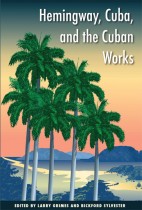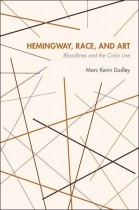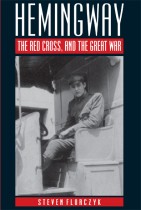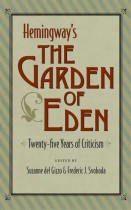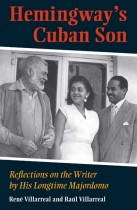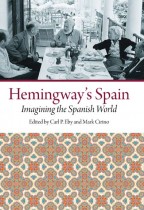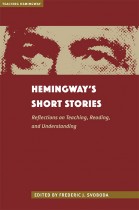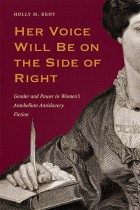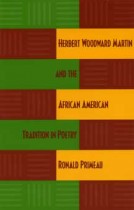Hemingway in the Digital Age
Laura Godfrey | Filed under: Hemingway Studies, Literature & Literary Criticism, Teaching Hemingway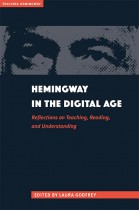
How can we convince readers, and especially students, to slow down to the crawl that is often necessary to see the real power in the compressed language Hemingway uses to tell a story? Are there qualities of digital age life that make students, somehow, more connected to Hemingway’s life and his writing? How can we compare the 21st-century “transhumanist” interest in making ourselves into “something more than merely human” with Hemingway’s characters like Nick Adams, Jake Barnes, Frederic Henry, Catherine Barkley, Pilar, Robert Jordan, or Santiago, all of whom similarly wrestle within the bounds of their own mortality? Laura Godfrey has assembled a group of scholars who speak eloquently to these questions.

